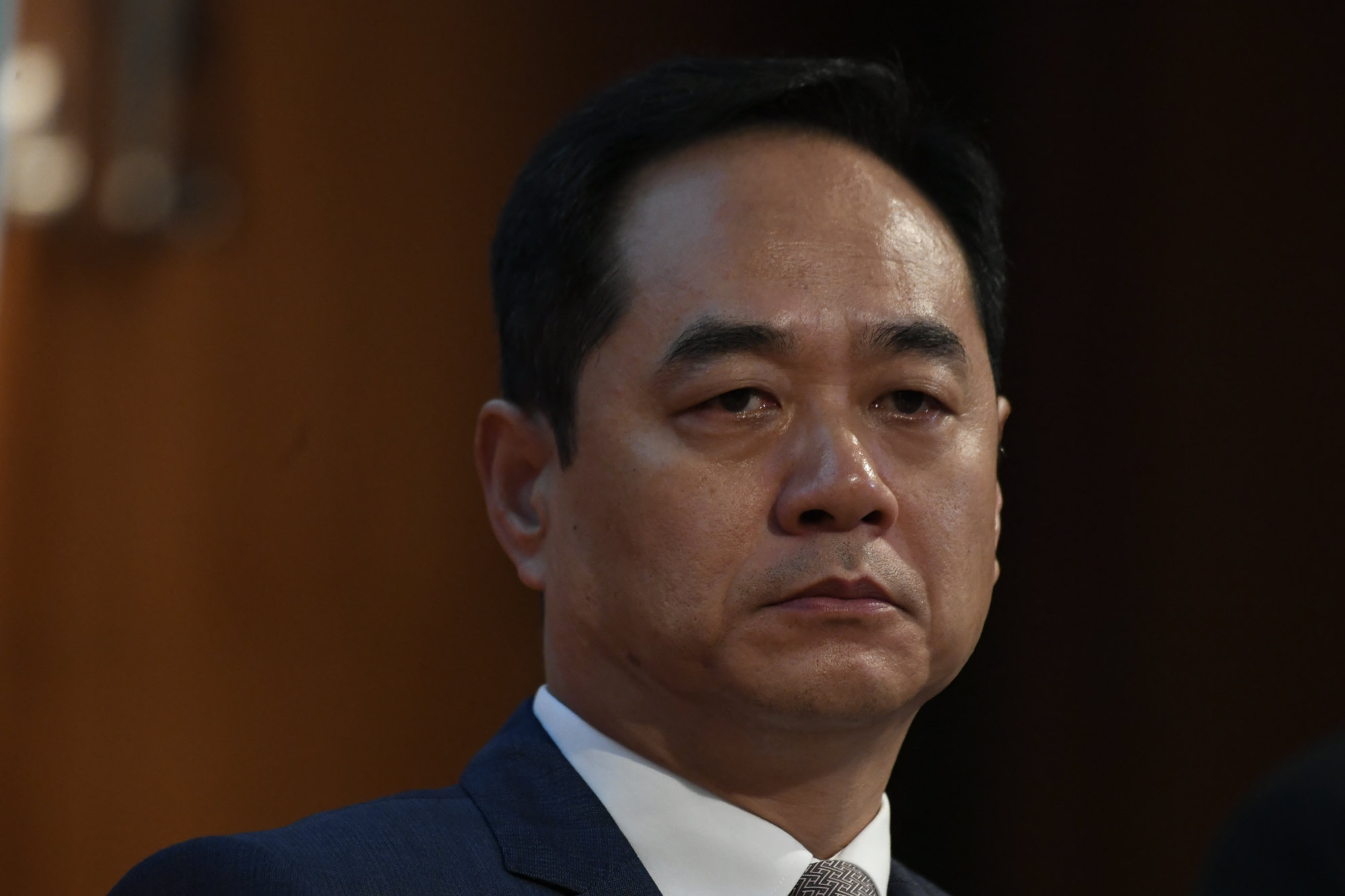China’s push for closer US ties to focus on Greater Bay Area, Yangtze economic hubs
China, US warm regional ties to top ‘political point-scoring’ as deals flow
“Our association will continue to coordinate and advance mutual visits and exchanges between those [US and Chinese] regions, promoting regional economic development and delivering tangible development interests to more local areas in both countries,” Yang said in the interview published on Tuesday.
This would be part of broader efforts this year by the CPAFFC – which is tasked with boosting friendly overseas exchanges – to expand civil and subnational China-US ties as the two countries mark 45 years of diplomatic relations.
In his letter, Xi emphasised his willingness to jointly “steer China-US relations, benefit both China and the United States and their people, and promote world peace and development”.
On Tuesday, the Chinese foreign ministry also highlighted Beijing’s readiness “to work with the US to … jointly promote people-to-people exchanges” and commitment to a “stable, sound and sustainable” relationship with Washington.
Citing the in-person meeting between Xi and Biden in November, the ministry said the two leaders had “fostered a future-oriented San Francisco vision, which points the way forward for bilateral relations”.
Yang’s comments in The Paper come amid increased emphasis from Beijing on cultivating non-governmental and local-level interactions with the US, especially ahead of the much-awaited San Francisco summit.
Kissinger, who died in November, had paved the way for the normalisation of US-China relations in the 1970s, with formal diplomatic ties established on January 1, 1979.
Unofficial exchanges soared ahead of Xi-Biden meeting to smooth path for talks
The governor of California, Gavin Newsom, also received a warm welcome when he visited China a few weeks before the San Francisco Xi-Biden summit.
At a dinner later with American business leaders, Xi reiterated his view that hopes for better China-US ties lay “in our peoples” and that its vitality came from “exchanges at subnational levels”.

Yang at the CPAFFC sounded a hopeful note for people-to-people interaction. “As China-US personnel exchanges gradually return to normal, China-US subnational cooperation will surely get back on track and show vitality and vigour again,” Yang, whose responsibilities include managing China’s sister city relations abroad, said.
China and the US have agreements on 284 “sister” pairs, involving 234 pairs of sister cities and 50 sister provinces and states.
Yang said the CPAFFC planned to hold a forum on cooperation between Chinese provincial and US state legislators and a round table of the two economies’ agricultural sectors this year, in addition to pushing “in-depth” subnational communication on green development and climate change.
This year’s aims also include a China-US youth exchange week in Kuliang, in southeastern Fujian province. The mountain town, known as Guling in Mandarin, used to be a popular summer resort for foreigners including Americans in the early 20th century, and became a melting pot of Chinese and Western cultures.